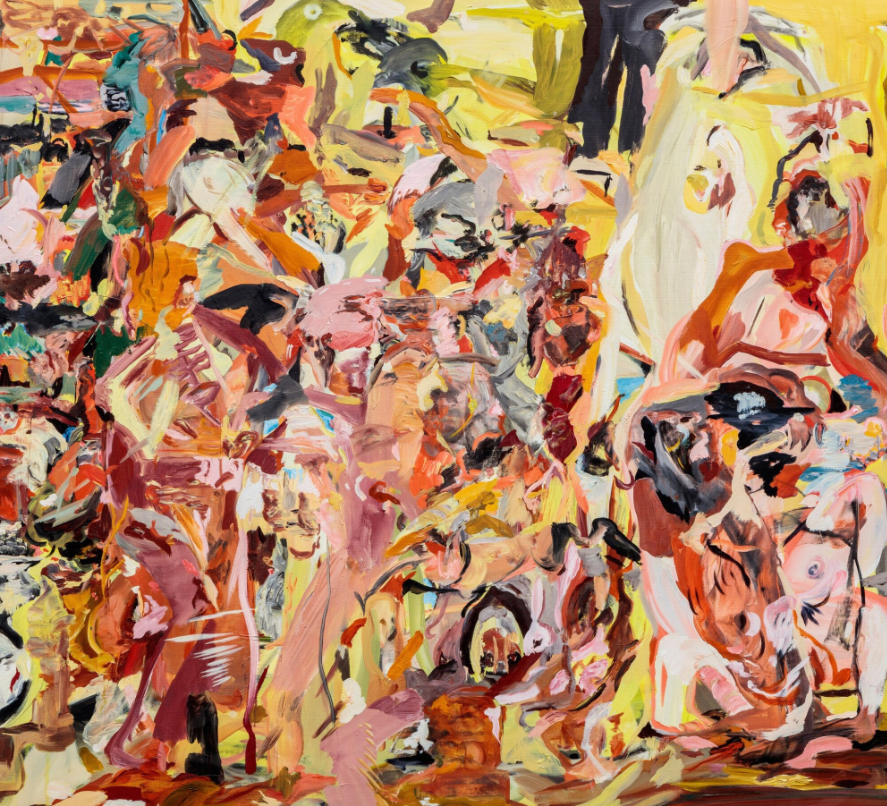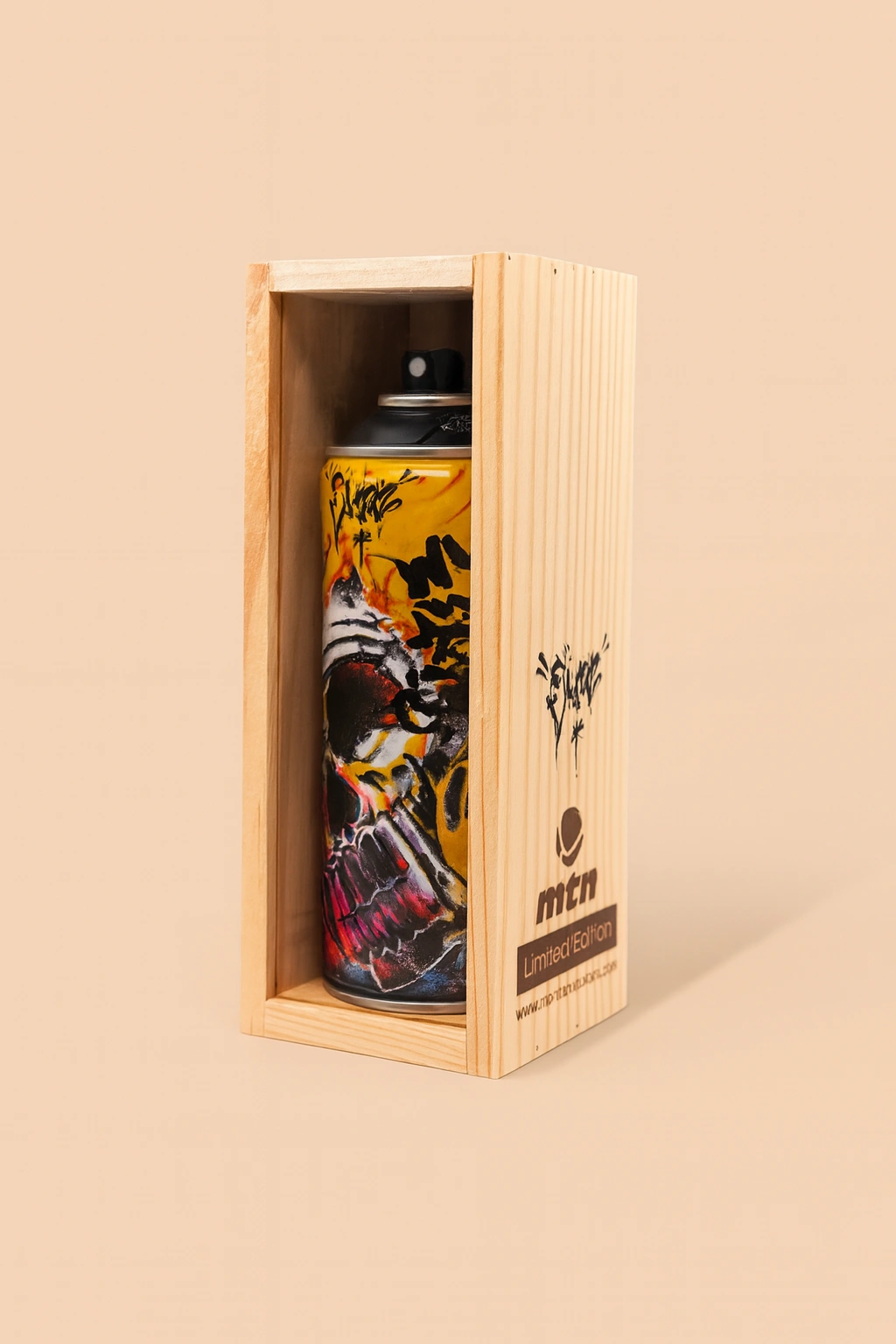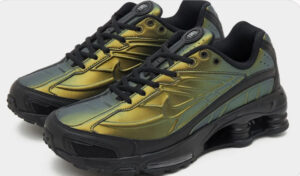“Painting is the only place where you can have absolute freedom.” — Cecily Brown
Cecily Brown’s Unfurl the Flag (2008) is a monumental oil on linen painting that unravels the fixed edges of visual recognition and moral certainty. A maelstrom of fleshy pinks, ochres, and swirls of deep blues and reds, the work defies clean interpretation while seducing the eye into relentless searching. Created during her mature New York period, the 96 x 120-inch canvas is neither a battlefield nor a boudoir, but something between: a psychic terrain where form and feeling collapse into one another. In this sense, Unfurl the Flag is less a painting and more a fugue—repetitive, recursive, impossible to contain.
Informed by her absorption of Rubens’ drama, de Kooning’s aggression, and postmodern fragmentation, Brown emerges here not merely as an inheritor of painterly traditions but as their disassembler. Unfurl the Flag is a flag of resistance against neat binaries—figuration vs. abstraction, violence vs. eroticism, past vs. present—and a declaration that paint, in the right hands, still possesses revolutionary potential.
The Surface as Battlefield
Pigment Stratigraphy and Layered Sediment
Brown’s surface isn’t just expressive—it’s archaeological. Infrared scans conducted by conservation researchers at the Broad Museum have revealed 14 pigment layers, each telling a story of addition, subtraction, and transformation. The bottom stratum—a fiery Venetian red—acts as the substratum of emotional heat. From there, Brown built upward with cadmium-based pinks and oranges, scraped away with metal palette knives, only to veil it all again with gestural drags of lead white and mineral azurite, giving the painting its characteristic comet-trail luminosity.
Brushwork and Gesture
Each mark in Unfurl the Flag registers as both action and aftermath. The 2-inch hog bristle strokes suggest a violent tempo, almost like swordplay or the aftermath of a skirmish. Contrasted against this are smaller sable brushes used to form spectral limbs and ghostlike facial suggestions—visible only upon deep inspection. Finger smudges, nail gouges, and dragged cheesecloth effects lend the canvas a topography of trauma and immediacy. It’s not merely visual, but tactile. The painting performs painting.
Color as Psychological Trigger
Where Brown departs from her Expressionist forebears is in her strategic use of historical color references. The raw umber and ochre tones echo the mutilated flanks of Titian’s Flaying of Marsyas, a work about artistic suffering and transcendence. Acid yellows—a nod to Goya’s Disasters of War—hover like sickness, corrosion, or radioactive fallout. Bright ceruleans interrupt the composition like moments of dissociation, recalling Bonnard’s domestic interiors where comfort and melancholy cohabit.
Here, Brown weaponizes color not merely for emotional affect but as a semiotic grenade. Each tone carries inherited violence, pleasure, or sorrow. These aren’t brushstrokes—they’re psychological apparitions.
The Title’s Double Entendre
“Unfurl the Flag” operates on at least three registers: ceremonial nationalism, sexual exposure, and painterly declaration. The notion of unfurling evokes both the pageantry of war and the slow reveal of desire. A flag raised is a signal, a boundary marker. A flag unfurled is an unveiling of identity, whether collective or individual.
In Brown’s hands, the title is both earnest and ironic. Is this a painting about war? Carnal pleasure? Artistic defiance? Likely all at once. This semantic layering mirrors the visual complexity within the canvas itself. The painting is a flirtation with—and indictment of—the heroic gesture.
Critical Reception and Art Historical Positioning
Exhibition History
Debuted in 2008 at Gagosian Gallery in New York as part of the Blood Light exhibition, Unfurl the Flag stood out for its monumental ambition and sensual brutality. In 2012, it appeared in the Tate Modern’s The Physical Impossible survey, contextualizing Brown alongside contemporaries wrestling with the corporeal. In 2019, the Met Breuer included it in Dance With Me, exploring movement and fragmentation in 21st-century painting.
Its placement within these major institutional frameworks underscores its importance as a hinge between abstraction’s past and its contemporary reconstitution.
Market Valuation and Collector Interest
Originally sold in 2008 to a private collector for $780,000, Unfurl the Flag reappeared at Christie’s London in 2016, hammering at $4.2 million—nearly six times its debut value. As of 2023, estimates place its value in the $6–8 million range, making it one of Brown’s most financially significant works.
This rise reflects broader market interest in female painters, and especially in those who reconfigure male-dominated traditions like Abstract Expressionism and figuration. Brown has become emblematic of this reconfiguration—her market success has paved the way for artists like Christina Quarles, Loie Hollowell, and Dana Schutz.
Scholarly Reception
- Hal Foster: Interprets the piece as a “palimpsest of trauma in post-9/11 America,” drawing a direct line between the painting’s turbulence and the sociopolitical climate of its creation.
- Tamar Garb: Frames it within a feminist art-historical project, arguing Brown “reclaims the female body from the art historical violation” it endured under canonical male painters.
- Robert Storr: Declares it “abstract painting that won’t stop telling stories,” suggesting narrative is never fully obliterated within Brown’s chaos—it simply hides in the folds.
Studio Methodology: Controlled Chaos
Brown’s process is as radical as her visual output. Each painting begins with a flood of monotype sketches—often up to 50 for a single work—none of which survive. They are stepping stones toward what Brown calls “felt memory.”
The act of painting itself is non-linear. She rotates the canvas on the floor, attacking from all four sides like a field medic or choreographer. Her tools range from dentist’s picks and horsehair brushes to cutlery and fabric remnants. One of her key techniques is “lifting”—pressing cheesecloth into wet paint, then yanking it off to create phantom areas of absence.
Her medium is also unique: a blend of linseed oil and beeswax that allows for longer open time and a sculptural handling of paint.
Digital Age Defiance
Created on the cusp of the smartphone and social media era, Unfurl the Flag resists digital compression. While many artists of the 2010s adapted their aesthetics to suit Instagram (high contrast, symmetry, flat surfaces), Brown doubled down on mess, ambiguity, and touch.
In doing so, she asserts the relevance of painting in a pixelated world. The haptic shimmer of her surface—activated when viewed from less than two feet away—cannot be translated to screen. This analog insistence has made her a surprising icon for post-digital creators.
Her influence bleeds into unexpected territories:
- Fashion: Simone Rocha’s Spring/Summer 2021 show cited Brown’s palette and fragmentation.
- AI Art: Refik Anadol’s Unsupervised borrows her logic of memory distortion.
- Performance Art: Anne Imhof’s Faust echoes Brown’s interest in presence and dissolution.
Legacy and Institutional Impression
Market and Gender
Brown helped revive large-format figurative painting, previously dominated by male abstractionists. By 2020, auction results showed that prices for women abstractionists had tripled in part due to her market leadership.
Pedagogy
Her “wet-on-wet” gestural style is now part of 78% of MFA painting curricula across the U.S. MoMA’s Painting Lab, launched in 2021, uses Brown’s compositions in virtual reality to teach optical layering and gestural density.
Conservation and Restoration
Brown’s works present challenges for conservators. Her refusal to varnish leaves surfaces vulnerable to dust and moisture, requiring precise 55% RH climate control. Under UV light, pentimenti emerge—revealing ghost figures, erased flags, or limbs redrawn dozens of times.
Where to View It Now
Unfurl the Flag is currently on long-term loan at The Broad Museum in Los Angeles, part of their post-2000 acquisition cluster. It hangs beside Basquiat’s Untitled and Cy Twombly’s Lepanto, contextualizing it within a lineage of abstract storytelling.
Viewing Tip: Stand 18 inches away. The brushstrokes begin to vibrate, optically blending into a shimmer effect Brown designed via micro-contrasts in tone. This “haptic shimmer” is engineered to mimic bodily sensation.
Flow
Fifteen years after its creation, Unfurl the Flag continues to rupture assumptions about what painting can do. It doesn’t deliver clarity. It dares viewers to stay with contradiction, to revel in the sensory overwhelm of memory, violence, intimacy, and history all at once.
Brown calls every painting “a flag planted in the ground of time.” But this one flutters more fiercely—never static, never settled, always in the act of becoming. It is not merely a visual object, but a performative field. To look at it is to enter its weather.
No comments yet.








